Residents of Greece witnessed a hellish-looking dust storm this week. The dust came from the Sahara Desert in North Africa and was blown across the Mediterranean by strong winds. On Tuesday, Athens and other Greek cities were shrouded in an orange-red and potentially dangerous haze.
Although the dust storm had begun to leave the region on Wednesday morning, its brief presence made for some eerily beautiful images. Here are some of the best photos we saw of the storm and some related trivia.
Minerva Red
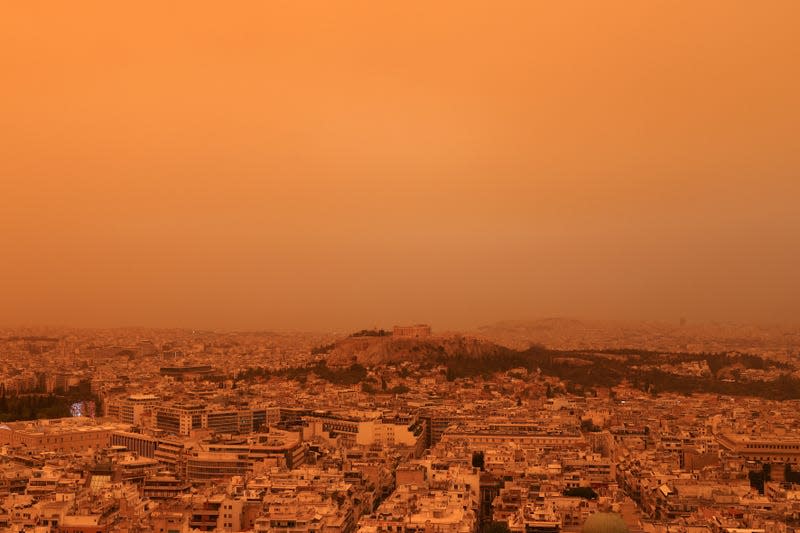
The strange “dust transfer event” has been codenamed “Minerva Red” by scientists at the National Observatory of Athens.
A spectator event
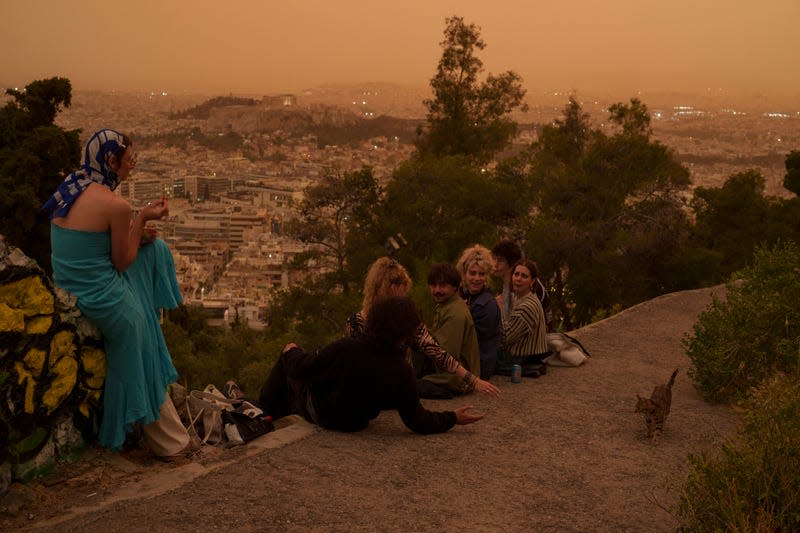

The strange phenomenon undoubtedly attracted many spectators. In the photo above you can see tourists playing with a cat on Lycabettus Hill, like the city of Athens with the ancient Acropolis Hill in the background.
Take it all in
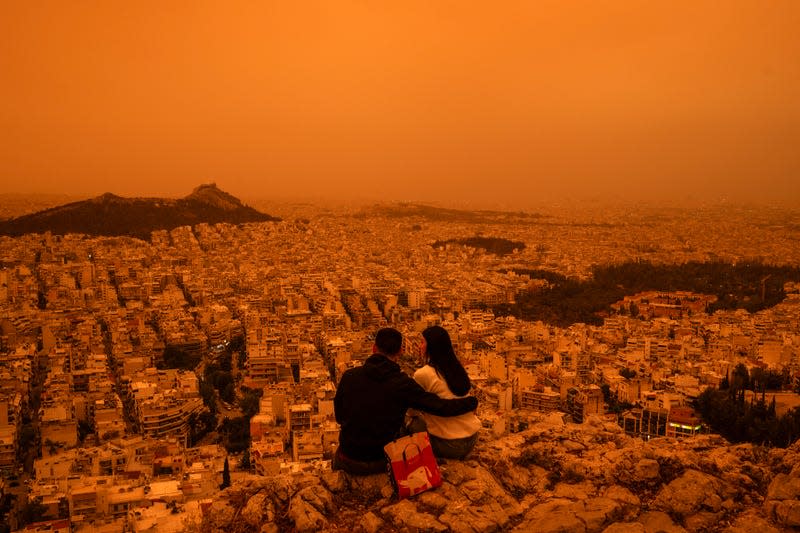

A couple looks at Minerva Red from the top of Tourkovounia Hill in central Athens.
Danger potential
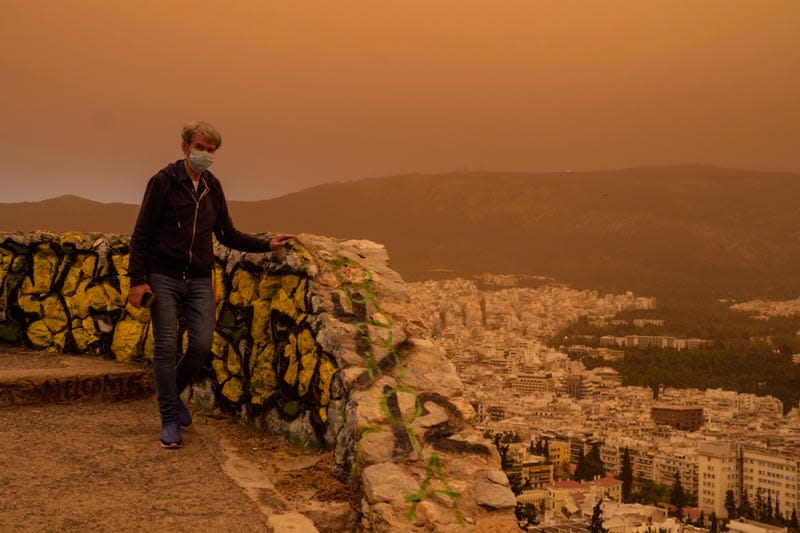

As beautiful as the sky over Greece looked on Tuesday, Minerva Red wasn’t exactly harmless to look at. The storm blanketed the city with a significant amount of particulate matter, prompting local authorities to issue a criminal complaint Air quality warning. People, particularly if they have a history of respiratory illnesses, have been asked to stay indoors, wear protective masks and avoid outdoor exercise if possible until the dust clears.
A large
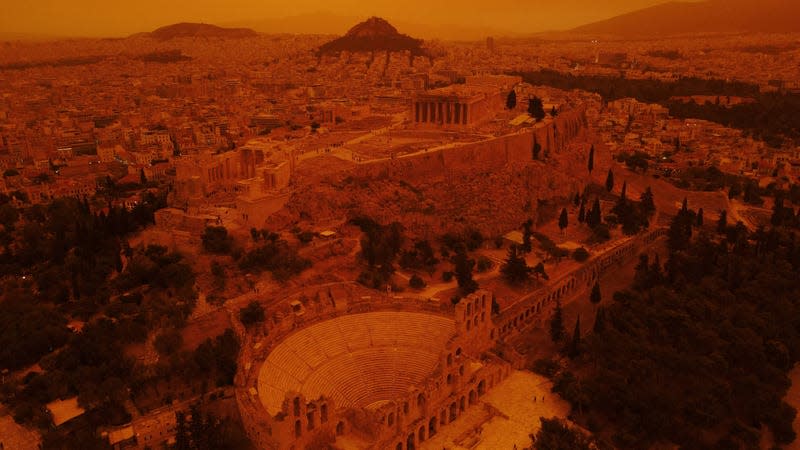

Sahara-related dust storms in Greece are not all that uncommon. But this appears to be one of the biggest in recent history.
“It is one of the most serious episodes of dust and sand concentrations from the Sahara since March 21 and 22, 2018, when the clouds invaded the island of Crete in particular,” Kostas Lagouvardos, weather research director at the Athens Observatory, told the AP / AFP Tuesday.
An Olympic view


Here Minerva Red is seen from the grounds of the Olympic Stadium in Athens.
The dust is getting worse
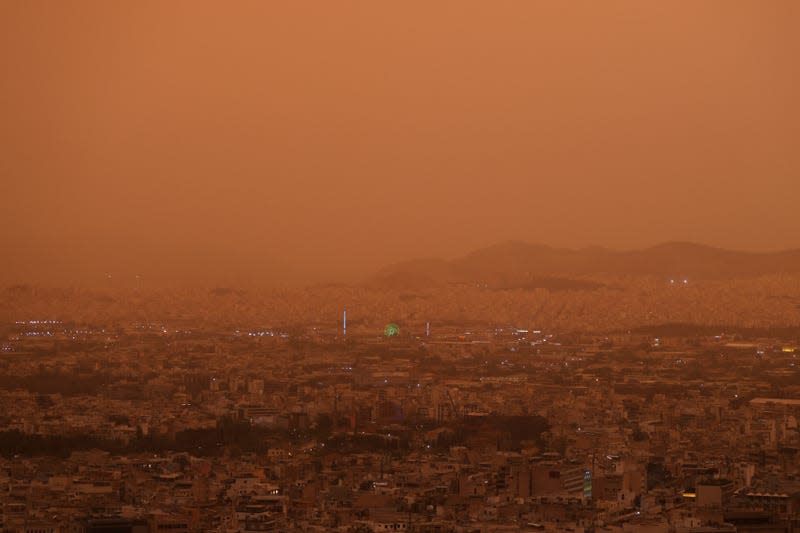

Like so many bad things, dust storms like this have become more common due to climate change and are expected to become more frequent. A warming climate means that dry regions will experience more droughts and increased dust accumulation. According to the United Nations, about 25% of global dust emissions are caused by human activities, while desert dust in some areas has doubled in the 20th century.
The Red City
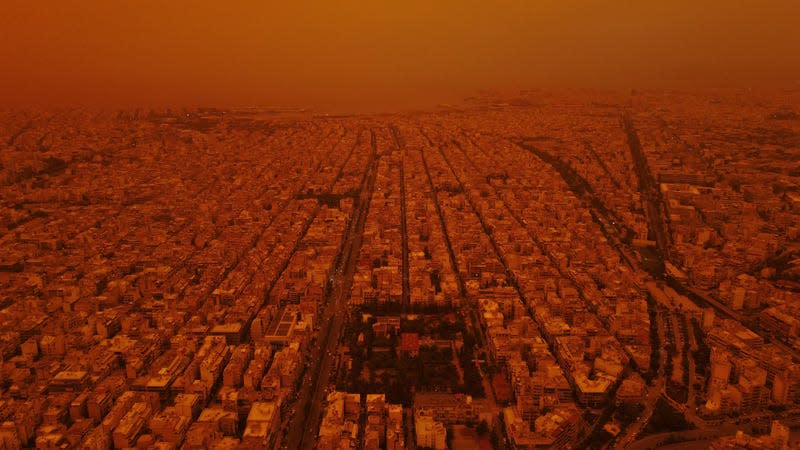

In a Facebook post on Tuesday, Kostas Lagouvardos, metrologist and weather research director at the Athens Observatory, described Athens as a Martian colony. Above you can see why.
Return to normality
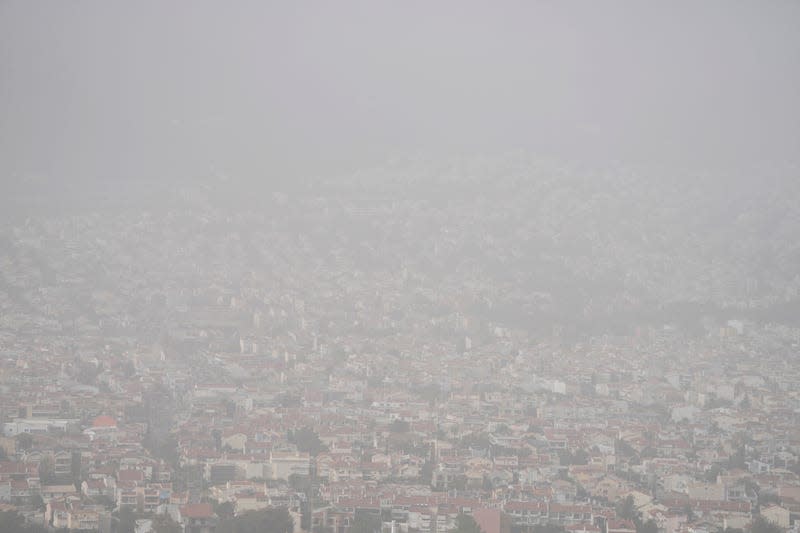

On Wednesday, westerly winds began to drive the dust storm away from Athens. And on Thursday it is said to have reached the Dodecanese Islands in the southeast Aegean Sea.
For the latest news, Facebook, Twitter and Instagram.
